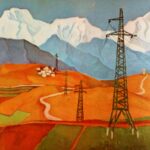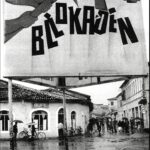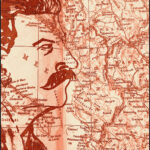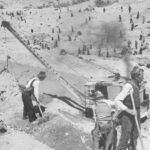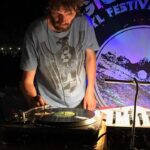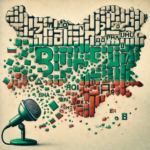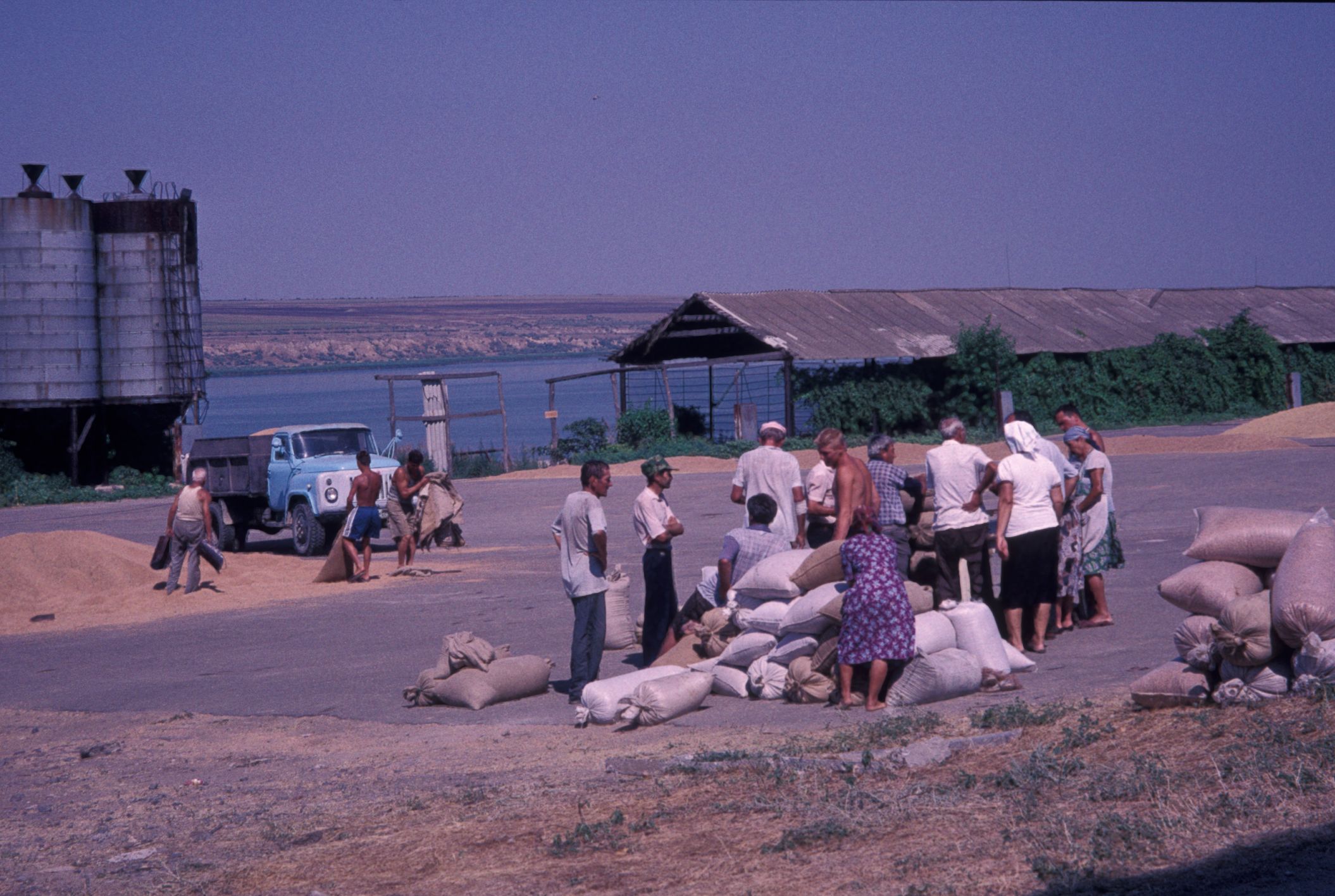Beyond ›postsocialism‹ and ›transition‹: thinking about social change
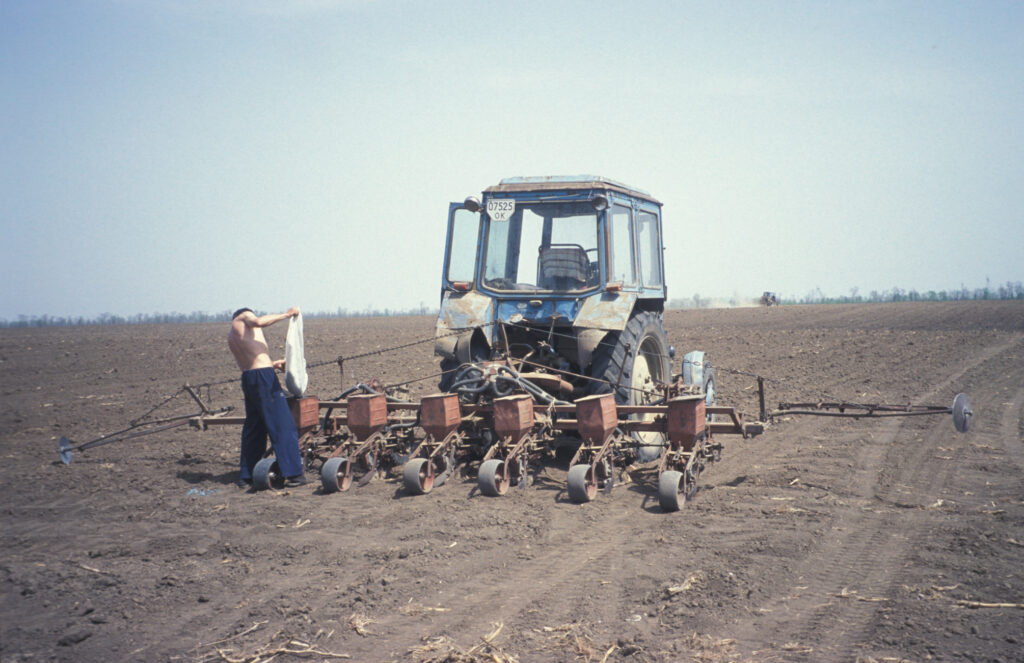
Working the private post-soviet agricultural fields photo by Deema Kaneff (here and all following images: fieldwork in Southwestern Ukraine between the years 2000-2014)
How we can understand the dramatic changes that were initiated across the former socialist world after 1989/91? This has been a central concern of colleagues across the disciplines working on the region over the previous three decades.
There have been a few central concepts that have dominated the way we understand these changes. Each concept is associated with its own problems and deficiencies. Perhaps the two most used are ‘postsocialist’ and ‘transition’. The latter (popular especially in the politics and economics disciplines) is deeply problematic because it is based on evolutionary notions of development, with ‘transition’ being conceptualised as the movement from one social order to another (socialism to capitalism), thus assuming the ‘West’ to be the end point/goal of the reforms. The former term ‘postsocialism’ – which is still used, although there are ongoing discussions with respect to the term’s relevance – is a way of talking about social change that emphasises rupture over continuity. It is also a geopolitical term to the extent that it serves to border off one region of the world from the ‘modern’ ‘capitalist’ West, thus privileging western discourses about the ‘other’ Europe.
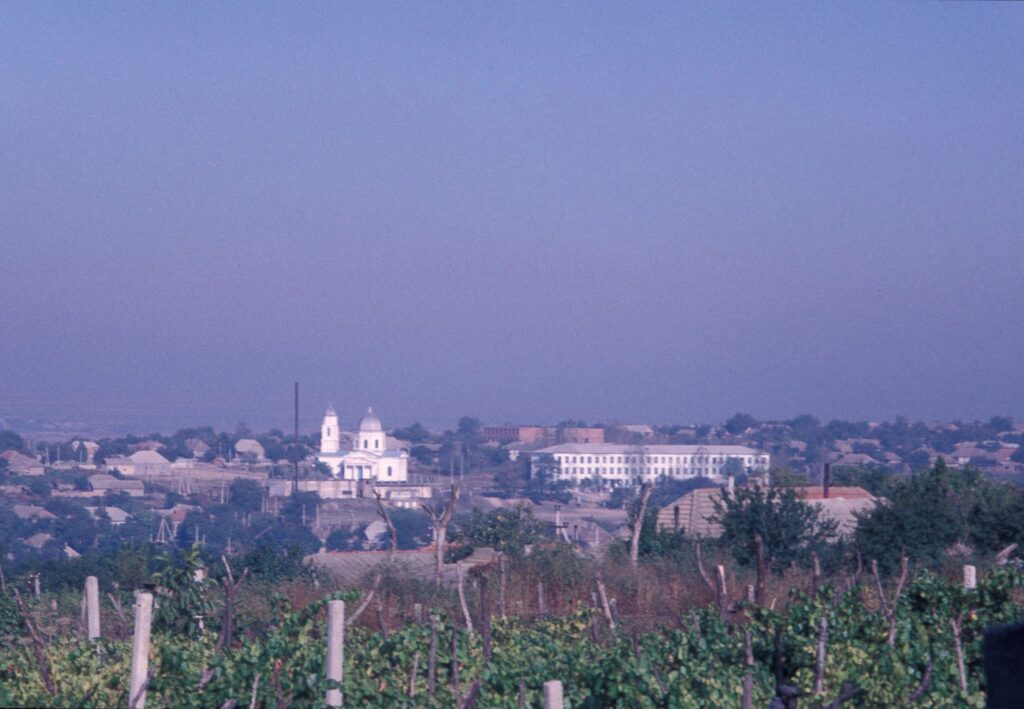
View of village Brega, Odessa Oblast. This was the site of my fieldwork carried out between 2000-2014, photo by Deema Kaneff
We need to break free from such ideologically and politically loaded concepts that ultimately serve to prop up ‘the west’ as the assumed evolutionarily more ‘advanced’, ‘superior’ and ‘desirable’ space.
Instead of talking about these reforms within the framework of ‘postsocialism’ or ‘transition’, with all the associated problems implied in such concepts, I suggest we look at resources and how they have been used or exchanged over time. This is the basis for a new way of thinking about social change.
In my forthcoming book, titled Resources and Everyday Conflicts in Rural Ukraine: Theorizing Social Change (Pittsburgh University Press, 2025) I propose that it is through a focus on resources, and how they are used and exchanged, that we can understand and talk about social change. It provides a way that is less problematic ideologically or politically than the previously discussed terms.
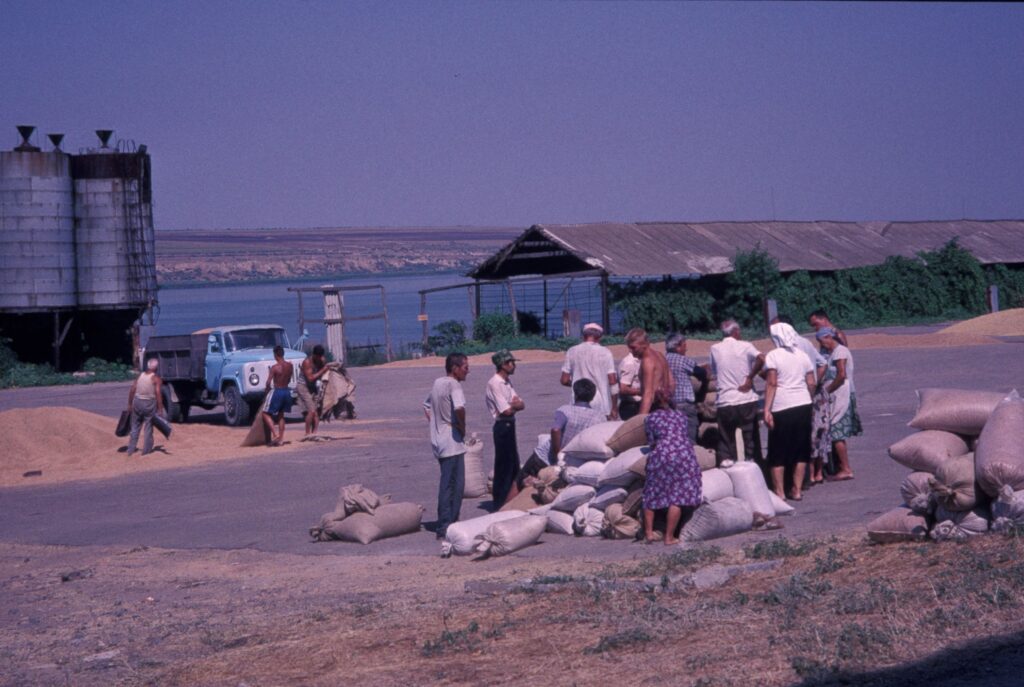
Villagers collecting sacks of grain from the private agricultural enterprise.
This was the annual rent to landowners, photo by Deema Kaneff
Resources were central to the implementation of reforms initiated across the former socialist world in 1989/91. The resources affected were both material – land, water, housing etc – and immaterial – identity, authority etc. Often the reforms involved shifting material resources from the public to private domain; this could be through transferring ownership rights to private groups/individuals, although often it was simply transferring the management or control over these resources. Immaterial resources were also under negotiation as previous leaders were forced to share public prominence with new figures of power (e.g. religious leaders (re)gained public authority alongside other prominent officials); or new histories legitimated new political economies and in some cases – as in that of Ukraine – also provided legitimation to a new independent nation state.
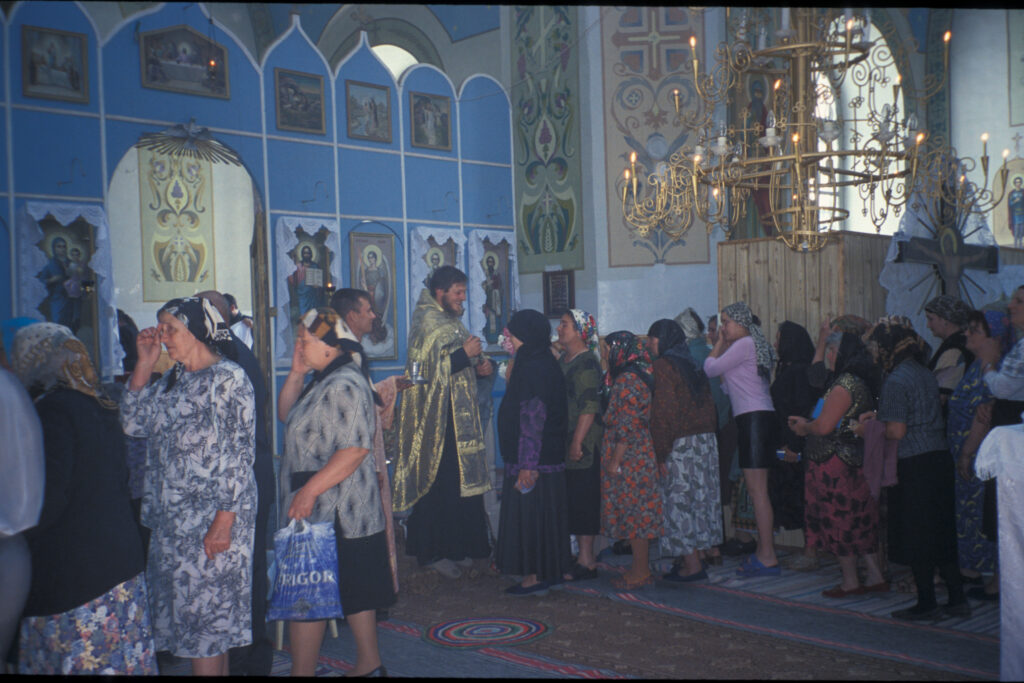
The new public authority of the priest especially evident at ritual occasions, photo by Deema Kaneff
I now provide a few very brief examples from village Brega, Ukraine (where I carried out ethnographic research covering the period 2000-2014) of how resources can shift between/within different forms of use and exchange:
- A resource may shift from being used in one way to being used in another way. The case of former collective land in Brega is such an example. During Soviet times this land was used to provision the households as well as produce grain for state distribution. Today it has another use: the land no longer provisions households through various subsidised products, instead, it is used solely for grain production. This grain provides ‘payment’ to the new land owners (the majority of villagers) who rent their land to a very small number of men who sell the produce on the markets.
- A resource may shift from being involved in one circuit of exchange to another. For example, water was given for free to village households in return for their labour contributions to the collective in Soviet times. This form of exchange (water for labour) has been eliminated and now the water is sold as a commodity for which villagers are expected to pay. The resource is not equally distributed or equally accessible between households because of the particular way in which the infrastructure was laid.
- Sometimes a resource can move from having a particular use to also gaining exchange value. For example, cultural objects such as hand embroidered blouses or woven kilims were evidence of the community’s identity as Soviet citizens with ancestral ethnic ties to the Republic of Bulgaria. After 1991, such cultural objects have gained new value as commodities on the market: they are bought by Bulgarian travellers eager to collect hand made products from a Bulgarian diaspora, while the objects also provide evidence of the community’s new status as a ‘minority’ group in the newly independent Ukraine.
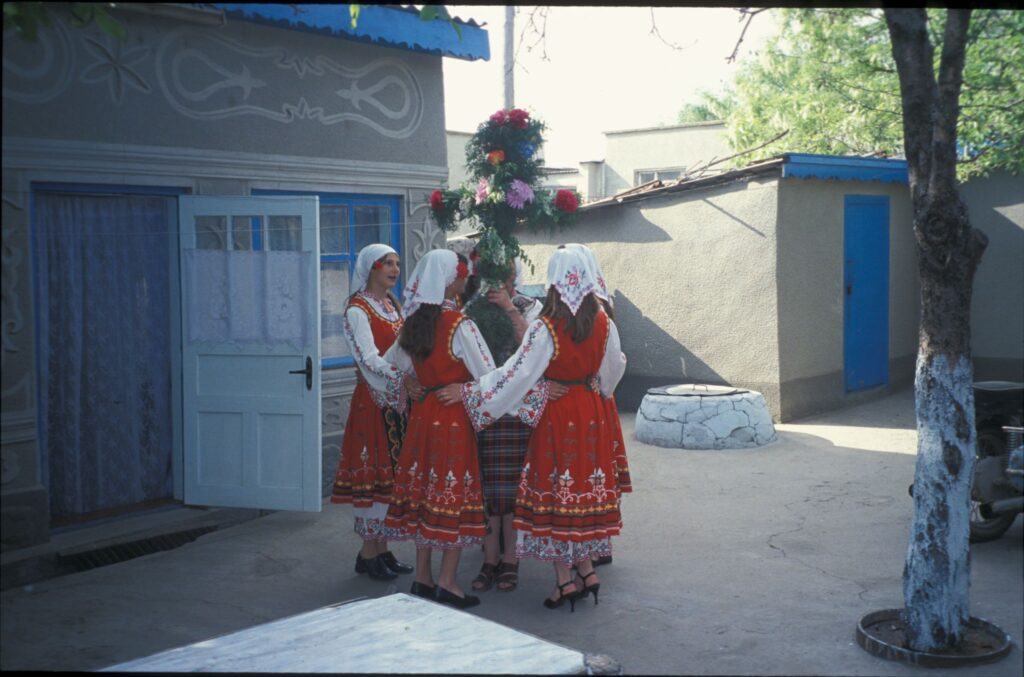
The renewed practice of ‘Bulgarian customs’ in the Ukraine village; in the household background is the water storage tank, photo by Deema Kaneff
Tracking the value of resources based on how they are used and/or exchanged in any particular situation is not only an important exercise in observing how a resource has changed over time. Equally important, such movements (between and within use and exchange circuits) also explain the particular tensions/conflicts (and sometimes new alliances) that inevitably accompany such shifts.
In the three examples given above the mobilisation of resources has caused various tensions: the changing use of collective land has resulted in conflict between the majority of landowners who rent out their land to a new agricultural elite who work the land and gain all the profits; the new demands on water and its unequal distribution through its commodification on the market has caused conflict between neighbours all competing for this highly valued yet unequally distributed resource; and in the case of identity new antagonisms were played out between the village and ‘outsiders’ as the local community tried to position itself within the new nation-state as a designated ‘minority’.
In short, the movement of resources is accompanied by negotiations over ownership, control and management. And this, in turn, causes new tensions – as well as sometimes solidarities – within households, between neighbours, within and between communities.
Thus tracking the shift in resources as they are used/exchanged in new ways, helps us make sense of the conflicts and alliances that have emerged over the previous 30 years. It is, in other words, a way of talking about and understanding social change. Such changes take place everywhere and all the time. It is a fundamental process of everyday life irrespective of where we find ourselves…but perhaps the process is most dramatically played out in the context of the former socialist world precisely because the transformation of society required that resources were revalued across all domains of social life – political, economic and cultural. Resource revaluation was particularly extreme at this heightened time of reform. The effects of the resultant tensions and new alliances are still being played out today.

